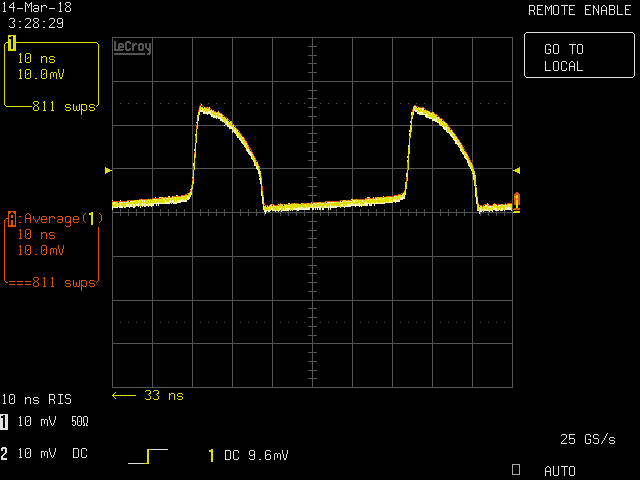By Marián Štofka, Slovak University of Technology, Bratislava, Slovakia
The tunnel diode was invented in 1957 by Japanese physicist Leo Esaki, who in 1973 was awarded the Nobel prize for the theory of the quantum tunnelling effect, which he co-wrote with Ivar Giaever and Brian Josephson.
The tunnel diode is made of two semiconductor layers, P- and N-type, with high concentration of dopants, and a PN junction just several nanometers thick. The result is a quantum phenomenon manifesting itself by relatively high current flowing through the diode at unusually low voltage. This phenomenon is peaking at about 60mV (for germanium diodes) and fades with further increase in voltage, as illustrated in the voltage-current (VI) characteristic curve of Figure 1. When the diode voltage is higher than a trough-voltage Vv , this curve resembles that of the common rectifying diode, thus, the region between the peak voltage Vp and Vv represents a negative resistance.
Tunnel diodes were extensively used in 70s amplifiers, high-speed pulse circuits and oscillators. In later years, the tunnel diode could no longer compete with other devices, such as bipolar junction transistors that offered better speed and low power.










